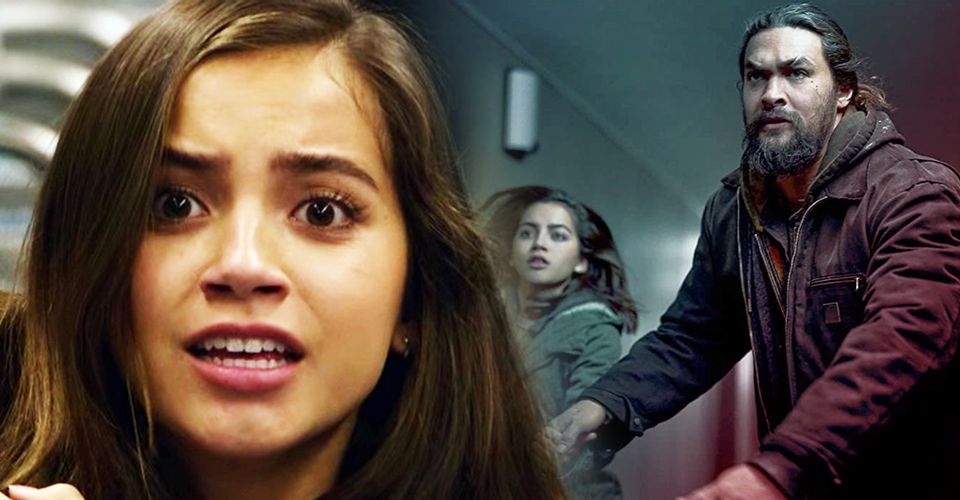Sweet Girl’s Twist: Who Was The Other Rachel (& Was She Real)?

WARNING: The following contains SPOILERS for Sweet Girl.
Netflix’s latest release Sweet Girl landed on the platform last weekend, adding yet another to its ever-growing catalog of original movies. While Sweet Girl may not have reinvented the wheel when it comes to revenge movies, it was able to deliver a divisive third-act twist that left its audience with one or two unanswered questions. When Ray Cooper’s (Jason Momoa) wife is denied life-saving medical treatment due to the greed of a pharmaceutical company, he takes it upon himself to expose their underhanded tactics and exact revenge on those responsible. Ray is joined by his daughter, Rachel (Isabela Merced), on his bloodthirsty quest to avenge his late wife.
As Ray and Rachel cut through Sweet Girl‘s cast, they meet crooked politicians, sympathetic cops, and a handful of assassins — but the film’s big reveal in its final act is that Ray actually only exists as the more violent part of Rachel’s fractured psyche. In an early confrontation with hired killer Amo (Manuel García-Rulfo), Ray is stabbed, and the film jumps ahead two years to show him deeply obsessed with unearthing the conspiracy behind it all — but it’s later revealed that Ray didn’t survive the attack and that Rachel has actually been both characters ever since. It’s a twist that borrows heavily from numerous tropes, but it wasn’t executed without raising more than a few problematic questions for its audience.
Much of the audience found that this twist made Sweet Girl‘s ending feel a little confused. The realization that Rachel is actually responsible for the film’s body count is a little odd, and Momoa’s on-screen presence being ripped away so abruptly was more than a little jarring. The strangest aspect of the twist, though, is the burning questions it raises: Who has Rachel been talking to the entire time? How is it that “Rachel” (the other one) was able to impact the plot so meaningfully if she wasn’t really there?

The most obvious explanation is that the other Rachel isn’t real and that she’s simply a more rational part of Rachel’s psyche trying desperately to get a handle on the situation, which is backed up by some subtle foreshadowing of Sweet Girl‘s twist. Rachel’s nickname is Rae, meaning that characters can talk to Momoa’s “Ray” without drawing attention to the fact that he isn’t real. There’s also one or two lines of dialogue that indicate Rachel is acting alone, but this doesn’t entirely always work within the narrative of the film. There are numerous occasions where “Rachel” distracts “Ray” from his revenge by drawing his attention, and there are also several interactions between the two that seem to indicate that they’re distinctly separate characters.
The truth may lie somewhere in between. As we discover that Ray was Rachel’s vengeful side all along, the other Rachel could be an embodiment of Rachel’s mother. This second Rachel acts as the voice of reason throughout, attempting to dissuade “Ray” from the dark path he’s heading down. This would also lean into Momoa’s closing monologue regarding parents living on through their children. With rumours already swirling about a possible Sweet Girl 2, there may yet be a definitive answer as to who Sweet Girl‘s protagonist really is.
About The Author
















